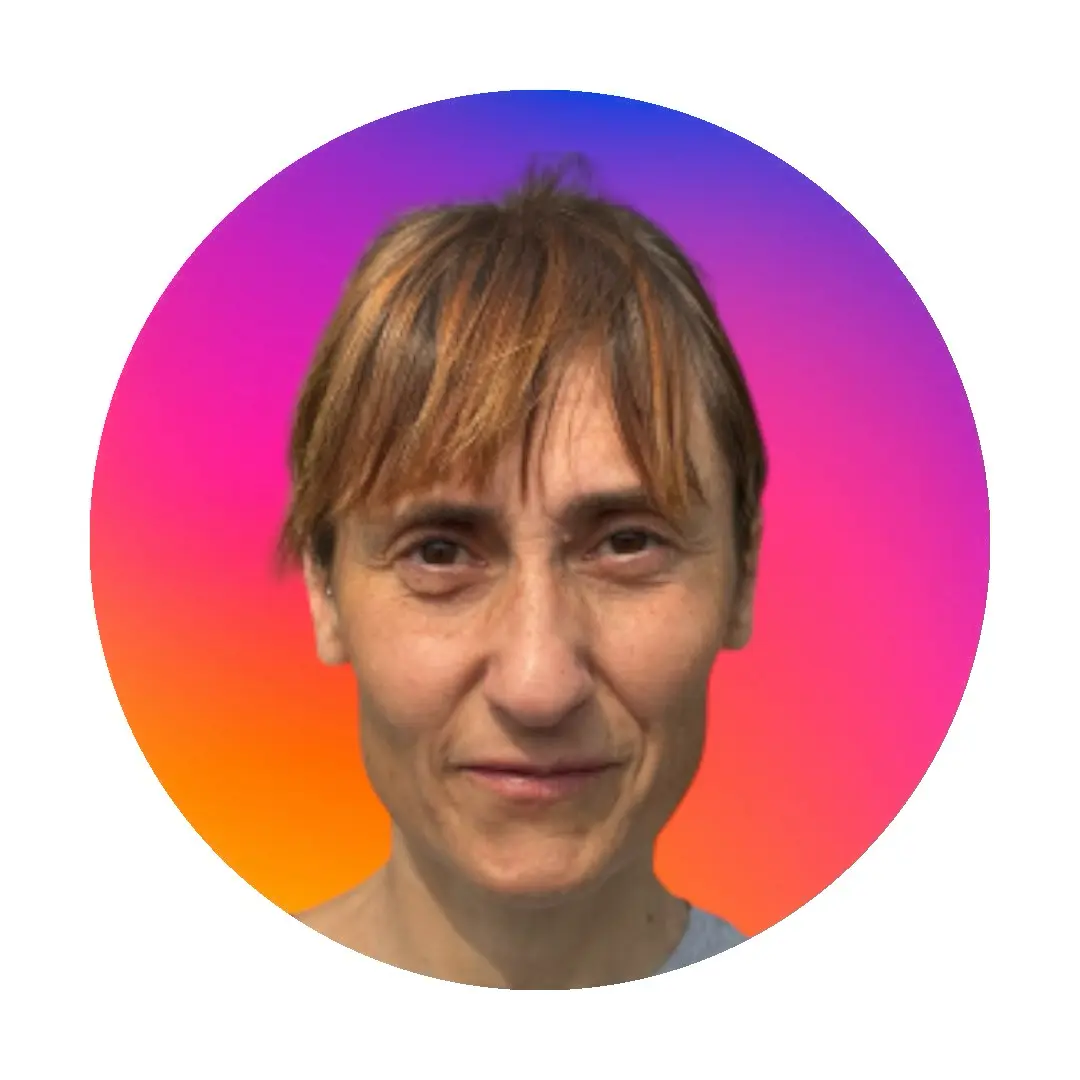AI-integrated approaches for e-commerce imaging: strategies, tools, and innovations
With current advancements in technology, industries increasingly turn to artificial intelligence (AI) for innovation and growth, particularly evident in e-commerce. E-commerce brands leverage AI to streamline photo editing for product listings, recognizing the pivotal role of images in marketing. By using AI to enhance product photos, e-commerce brands not only boost their own sales but also contribute to increased sales for specialty retailers and resellers. This symbiotic relationship fosters growth within the e-commerce sector.
Furthermore, the adoption of AI for e-commerce photo editing yields significant time and cost savings. E-commerce brands facing challenges in generating and editing large volumes of product images find relief through AI-driven solutions. By embracing photo editing AI tools like Photoroom API, brands bypass the need for photographers, studios, and external editors, enhancing efficiency and reducing expenses.
What you will learn in this article:
Advanced strategies and tools for optimizing e-commerce product images, including AI-powered editing with Photoroom API. Learn to ensure consistency, automate enhancements, and streamline editing.
Explore how AI integration drives e-commerce growth, from merchandising to virtual try-on technology. Learn actionable tactics for boosting sales and enhancing customer engagement on e-commerce platforms.
Strategies for improving product listing images and boosting sales with AI
There are different strategies that e-commerce brands use to increase conversion rate and boost sales on a website. To execute many of these strategies today, most brands enlist the help of AI for e-commerce. Some e-commerce product listing and sales boosting strategies that make use of AI are detailed below.
1. Provide image consistency
With the help of an image editing tools (also possible to connect via an API), e-commerce brands can make the images of their products themselves consistently appear the same across different markets while making each version of the product photo as a whole appear different.
Removing the background to avoid clutter
As an e-commerce brand, you can utilize a Background Remover tool to easily remove the background in your product photos. This allows for a clean and professional appearance, enhancing the visual appeal of your products. With the background removed, the focus is solely on the product itself, improving customer engagement and increasing the likelihood of sales.
Generated images with AI
In addition to removing backgrounds, e-commerce brands can make use of the AI technology to generate new images for their product listings. AI Backgrounds enables brands to add different backgrounds to their product photos effortlessly. This innovative approach ensures image consistency across various marketplaces and resellers, while offering flexibility in presenting products in diverse settings. By using AI-generated images, e-commerce brands can enhance their visual storytelling and captivate their audience, ultimately driving sales and growth.
Creating a realistic product shadow
Adding a realistic product shadow using Photoroom AI can improve your product photos by providing depth, dimension, and context. These shadows create a lifelike appearance, making your products seem tangible and of higher quality to potential customers. By simulating natural lighting conditions, shadows contribute to the realism of the images, helping customers visualize how the product would look in real-world settings. Additionally, strategically placed shadows can draw attention to key features, creating visually appealing images that capture viewers' attention and convey a sense of professionalism.
Resizing images
While it’s important that your product appears the same in photos across all sellers and markets, sometimes different marketplaces, resellers, or specialty retailers want your product photos to come in different sizes. When this happens, use the an image resizer tool to crop your product photos accordingly.
2. Automate image enhancements
Another key strategy for improving product listing images and boosting sales is to use AI to enhance images. By automating image enhancement we mean immediately improving the quality of the product image itself. If you use AI to automate product image enhancements prior to making photo editing changes for each individual reseller’s required needs, you can still have consistent product photos across all markets.
There are various Photoroom AI tools that you can use to enhance your product listing photos. We’ve described some of the top Photoroom image enhancing AI tools in the following sections of this article.
Brighten your image
With specific AI features, you can lighten the person or object within a photo. By doing this, you’ll emphasize the presence of the person or product that the photo is taken of. Using "light on" button in the app will help make the person or object within the photo the focal point of the picture.
Enhance your product image
A photo editing tool does this by adjusting colors on images and enhancing the definition and details in the photo itself. By enhancing the overall quality of your product listing photos, you will attract more customers and boost sales.
Strategy for improving product detail images and boosting sales with AI
Once people get to the webpage of the singular product that they want to buy from an e-commerce store, they’re viewing the product’s product detail page (PDP). While a product listing page (PLP) and a product detail page (PDP) may sound one and the same, they are two different things.
A product listing page provides online consumers with a list of products they can buy and their images. Typically, the list of products in a product listing page are within a certain category due to the consumer filtering the e-commerce website for that category of products.
A product detail page, on the other hand, provides online consumers with written descriptive details about a single product that they can buy, along with an image of that product. Some of the details that PDPs typically contain include the different colors that the product comes in, the different sizes that the product comes in, a written description about the product and the ingredients that make up the product, and information on how to best use the product.
Thus, the key difference between a PLP and a PDP is that a PLP is an e-commerce webpage with a simple list of products, often based on category, and their designated images while a PDP is an e-commerce webpage with images and a longer and more detailed description of a single product.
Just as there are ways to improve product images and boost sales when dealing with product listings, there are also ways to improve product images and boost sales with product detail pages. Some strategies for improving product detail pages and boosting sales are detailed in the next section of this article.
Three ways to streamline e-commerce imaging
There are numerous ways that e-commerce brands can use Visual AI to add value to their product images. Some of these ways are detailed below.
Harmonize your product catalog in seconds
Use Photoroom API to edit and repurpose thousands of images from various sources with ease. With a single click, you can instantly edit images to achieve a uniform look and feel. This includes centering images, adding margins to images, creating realistic shadows, relighting, and generating new AI backgrounds.
Automate post-production editing
Lengthy photo retouching using complicated and expensive software is outdated. Free up your time to work on complex tasks that only you and your team can perform by setting up your brand, ad asset, marketplace, and visual aesthetic guidelines. Then, let our AI handle the post-production editing heavy lifting.
Avoid 24 hours of waiting time
Manually editing images can add up to 24 hours to your product listing time. By using our AI-powered background remover and editing API, you can post your listings immediately. This way, your products get in front of customers faster, allowing for quicker turnover.
Additional steps e-commerce brands take to create quality product listings and websites
There are numerous measures that e-commerce brands can take to create quality product listings and websites. While some of these measures are AI-driven, some technically are not. Additional steps that e-commerce brands often take to create quality product listings and websites include the following:
1. AI for product-boosting merchandising on e-commerce websites
According to Luigi’s Box, almost 90% of people purchase and consume individual products from the first page of e-commerce websites. To capitalize on this fact, many e-commerce brands use merchandising in the form of pin-to-position functionality.
E-commerce brands conduct merchandising, or pin-to-position functionality, when they track products of theirs that are selling well and then pin those products to certain top positions on their websites.
To efficiently conduct pin-to-position functionality, AI-driven e-commerce brand websites can quickly sort through thousands of product images and order them according to which ones are receiving the most traffic and producing the most sales. In other words, due to AI for e-commerce, e-commerce brands can make the products that are producing the most sales appear at the top of their websites. This can lead to higher conversion rates, improved customer experience and product discovery, and even better sales.
2. AI for product-boosting merchandising on Google
Due to product-boosting merchandising, e-commerce brands employ AI to track which products are selling the most and receiving the most traffic due to comments, ratings, or reviews. Once receiving this information on product sales and traffic, e-commerce brands can pin their best-selling products at the top of their website pages. This, in turn, drives sales. This also leads to search queries showing e-commerce best-selling products at the top of Google.
3. Keyword research and detailed descriptions
Keyword research is the research of which keywords to include in a product listing description based on what terms consumers search for in Google. Keyword research and detailed descriptions are vital to the success of e-commerce product listings because they make it so that consumers can find a brand’s product listings in a Google search.
4. Create a sense of urgency and scarcity to buy
E-commerce brands can cleverly create a sense of product scarcity and urgency to buy in their customers by using certain verbiage and tactics in their AI formed product listing and product detail ads. For example, emphasizing that customers can buy products at a discounted price for a limited time will make customers feel that there won’t be much of that particular product at that particular price much longer. This, in turn, makes customers more urgent to buy.
5. Highlighting new and upcoming offers
Highlighting new and upcoming offers on e-commerce websites is always a great way for e-commerce brands to get their customers to buy their products. Highlighting new and upcoming offers is also another way to build a sense of urgency and scarcity within your clientele.
6. Focus on user experience
Positive user experience is vital for any brand’s longevity, especially when it comes to e-commerce brands. E-commerce brands provide quality user experience by making sure that they maintain fast page speed and image quality on their own websites.
E-commerce brands also provide quality user experience on their own websites by maintaining a clean and consistent website design. When it comes to specialty retailers and resellers, positive user experience often comes in the form of easy to find product listings and product detail pages for products.
7. Conduct market research to create high-performing product listings
Prior to creating product listings, e-commerce brands should conduct market research to see what types of product listings their primary customers gravitate towards in terms of color, image, messaging, and layout of page. That way, e-commerce brands can cater to the desires of their customers and receive more sales.
8. Split test different page elements
To determine what product images, colors, and layouts best suit a brand, companies can use AI for e-commerce to conduct split tests. In a split test, e-commerce brands assign different site visitors different experiences or pieces of content. That way e-commerce brands can later track the difference in activity and performance and make more informed page decisions.
Photoroom API for e-commerce brands to innovate and grow
There are various ways that e-commerce brands can use Photoroom API to help them innovate and grow. For example, you can use Photoroom API to edit, retouch, or repurpose thousands of pictures in a short amount of time. This can help you save time so that you can focus more of your energy on further building your e-commerce brand.
FAQs about AI and e-commerce
How is AI used in e-commerce?
AI is used in e-commerce in a number of ways. For example, AI is used to create chatbots on e-commerce sites to answer customer queries. AI for e-commerce is also used to create filters on e-commerce websites that allow customers to focus on a specific category of products. It also takes AI for e-commerce brands to pin popular products at the top of site pages. Most importantly AI for e-commerce is used to create and edit photos of products for product listings and detail pages.
Can AI do online shopping?
While AI doesn’t online shop for customers, it is used in a number of ways to make online shopping easier. For example, AI can be used to recommend items to customers that are similar or complimentary to the items that they’ve already looked at. AI technology when online shopping can also be used to capture the image of a customer’s face so that he or she can virtually try on certain products.
How AI is reshaping the future of e-commerce?
AI is reshaping the future of e-commerce by making it more user friendly. Through features such as dynamic filters, product image editing, and virtual try-on technology, AI is making e-commerce the easier and more desirable option in terms of shopping.
How does Shopify use AI?
Shopify uses AI to generate suggestions for content such as product descriptions, email subject lines, and headings in your online store. You can also leverage AI in Shopify to help with professional image adjustments. Shopify even uses AI to automatically tag products with relevant keywords and attributes so that customers can more easily find products.




Design your next great image
Whether you're selling, promoting, or posting, bring your idea to life with a design that stands out.















